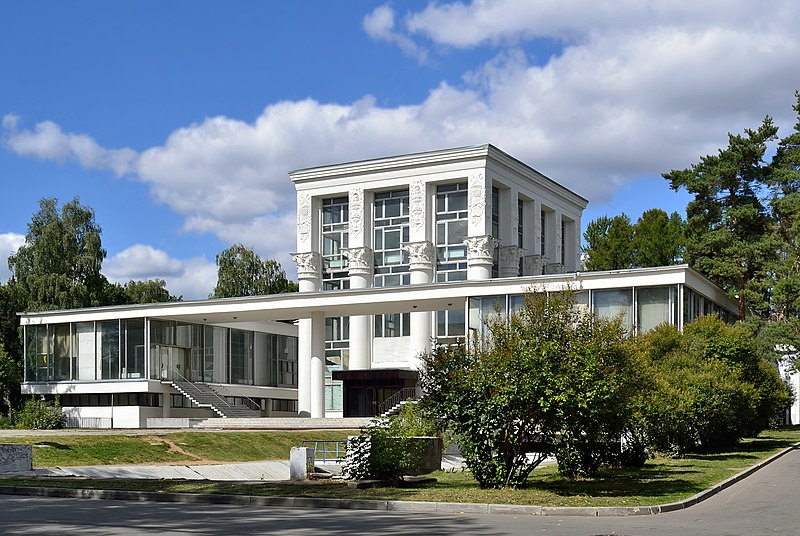
Dmitry Ivanov. 2015. CC-BY-SA 4.0. The description of the photo →
Korolyov, Moscow Oblast. The interior of the illuminated New Year tree installed on Prospekt Korolyova.
The photoblog of Dmitry Ivanov: documentary architectural photography, city views.
And besides these: photographs of vehicles and military equipment.





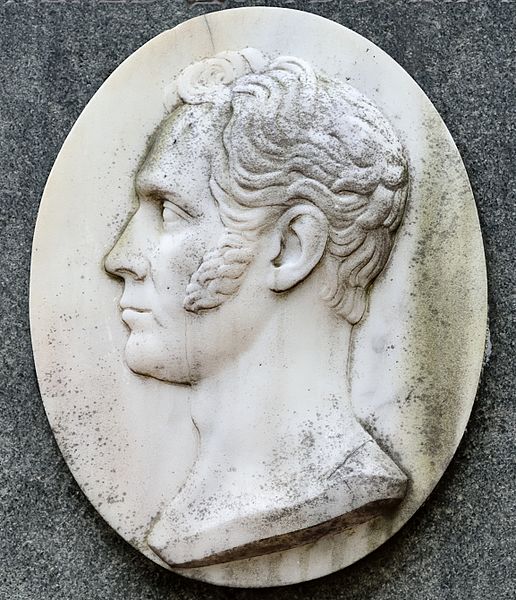


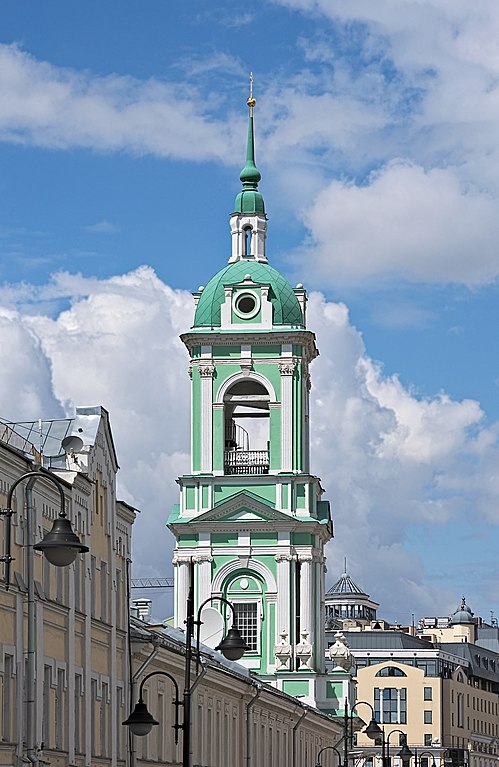



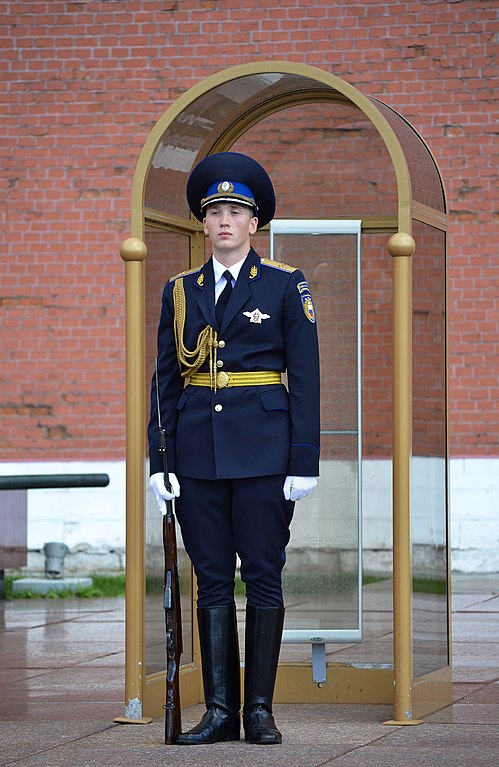

 Dmitry Ivanov. 2015. CC-BY-SA 4.0. The description of the photo →
Dmitry Ivanov. 2015. CC-BY-SA 4.0. The description of the photo →

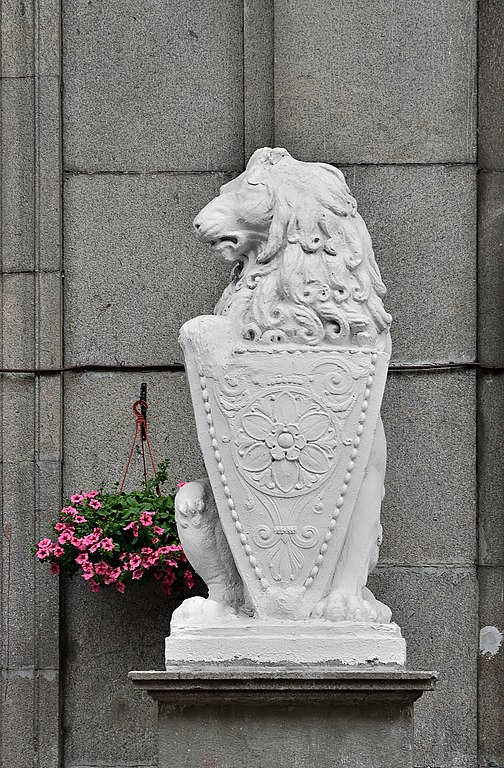
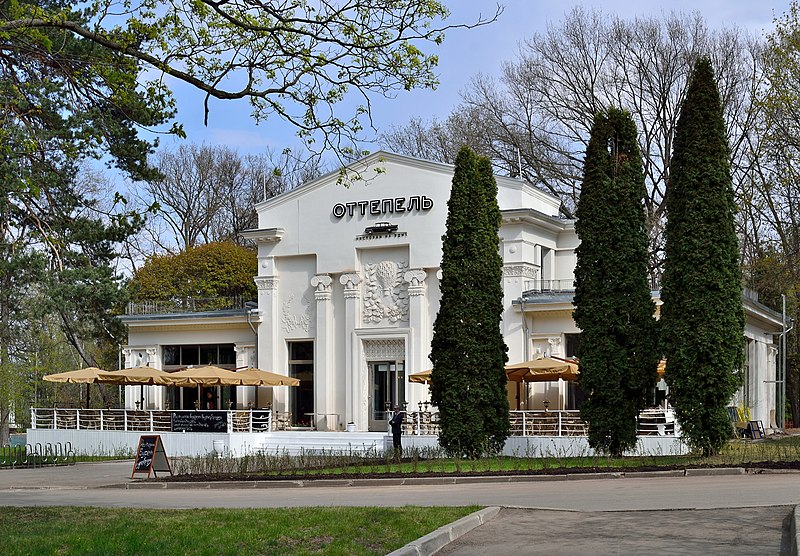




 Dmitry Ivanov. 2016. CC-BY-SA 4.0. The description of the photo →
Dmitry Ivanov. 2016. CC-BY-SA 4.0. The description of the photo →
 Dmitry Ivanov. 2014. CC-BY-SA 3.0. The description of the photo →
Dmitry Ivanov. 2014. CC-BY-SA 3.0. The description of the photo →
 Dmitry Ivanov. 2015. CC-BY-SA 4.0. The description of the photo →
Dmitry Ivanov. 2015. CC-BY-SA 4.0. The description of the photo →
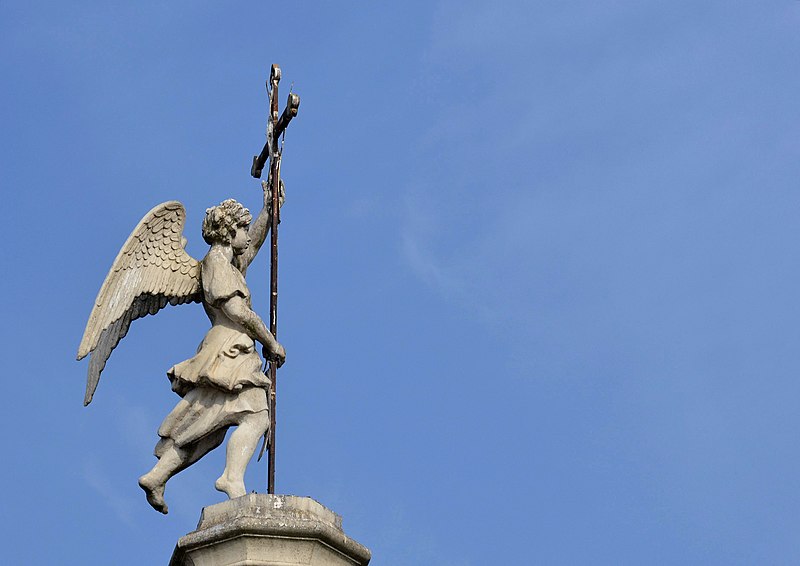 Mavra Petrova, Dmitry Ivanov. 2014. CC-BY-SA 3.0. The description of the photo →
Mavra Petrova, Dmitry Ivanov. 2014. CC-BY-SA 3.0. The description of the photo →
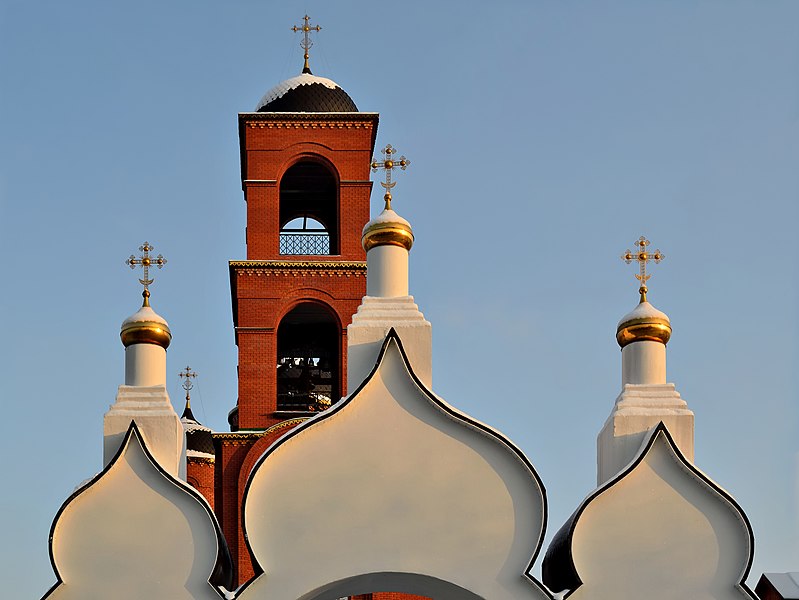



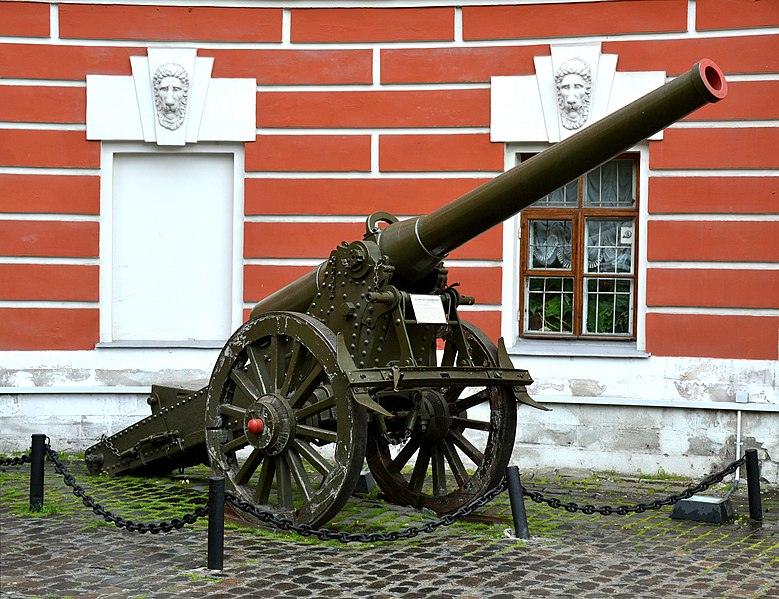


 |
 |
|
|
Moscow. VDNKh. The full-scale model of the Vostok 8K72K1 carrier rocket installed before Pavilion No. 32—34 Cosmos and Mechanical Engineering. |
Korolyov, Moscow Oblast. The full-scale model of the Vostok-2M (8A292M)1 carrier rocket installed as a monument in 1995 on the territory of the RSC Energia. A view from the square before the main entrance check-point of the RSC Energia. |
